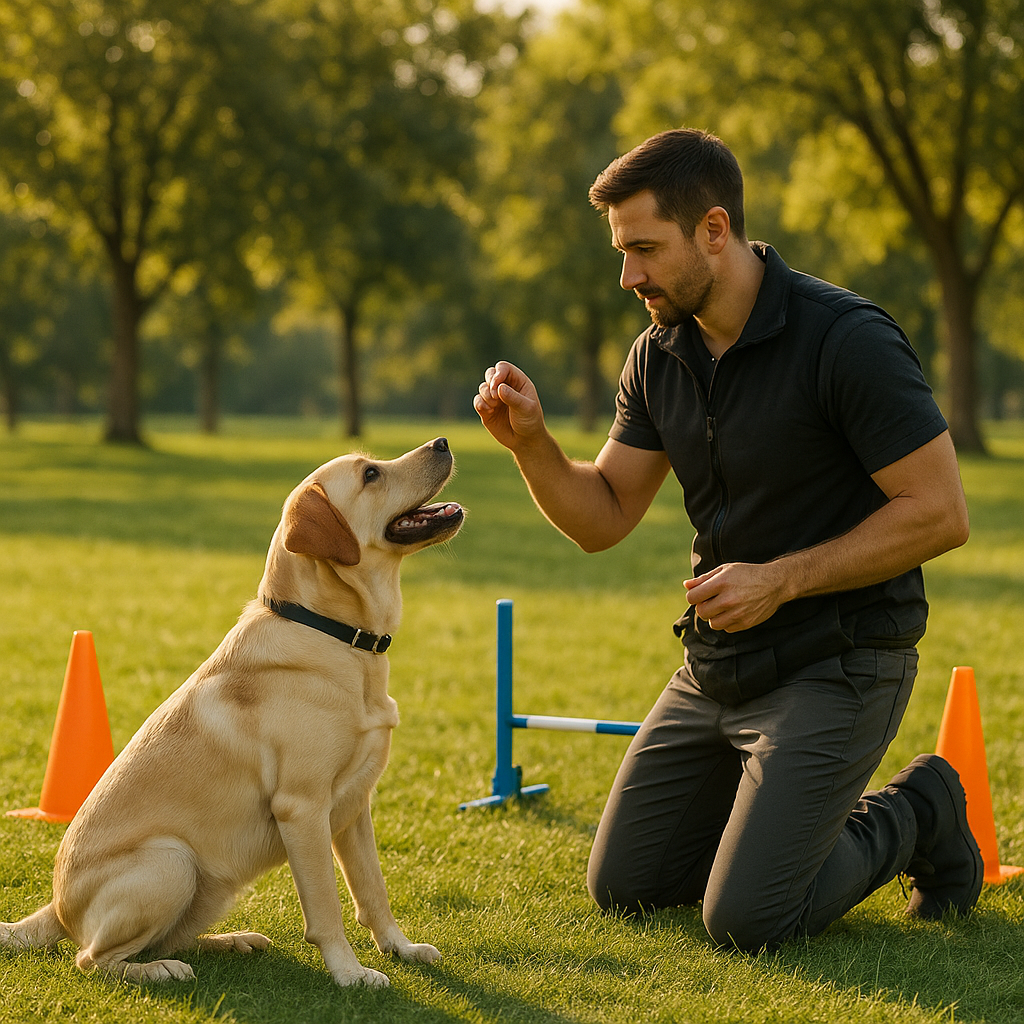Is Your Dog Sick? 7 Immediate Steps Every Pet Parent Should Take
As a pet parent, there’s nothing quite as alarming as seeing your furry friend acting out of sorts. You might wonder, “Is my dog sick?” This is a valid concern and one that can stir up a whirlwind of emotions. Just like how you would feel when your child is unwell, it can be heart-wrenching to see your loyal companion in distress.
Understanding the Signs of Illness
Before we dive into the steps to take, let’s talk about the signs. Dogs can’t exactly tell us, “Hey, I’m not feeling well!” Instead, they rely on body language and behavior. Look for these red flags:
- Loss of Appetite: If your pup suddenly turns their nose up at food, it’s time to take notice.
- Lethargy: Is your dog normally a ball of energy but now prefers to lounge around? That could be a sign.
- Vomiting or Diarrhea: These are the classic indicators of something amiss.
- Change in Behavior: If your furball is more irritable or withdrawn than usual, it’s worth investigating.
Step 1: Stay Calm
First things first—take a deep breath. Panicking won’t help your pup. Remember, dogs can sense our emotions. If you freak out, your furry friend might become anxious too. Instead, approach the situation with a clear mind.
Step 2: Assess the Symptoms
Once you’ve calmed down, it’s time to play detective! Observe your dog closely. Take notes on their symptoms: when did they start, how severe are they, and are there any other accompanying signs? This info will be gold when you speak with a vet.
Step 3: Check for Obvious Issues
Look for anything that might be causing discomfort. Is there something stuck in their fur? Are their ears dirty or red? Check their gums too—pale gums can indicate a problem. Sometimes, a quick visual inspection can provide clues about what’s going on.
Step 4: Avoid Jumping to Conclusions
It’s easy to go down the rabbit hole of “what ifs.” But don’t assume the worst just yet. Dogs can have off days just like us. Maybe they ate something strange or had a rough play session. Unless symptoms persist, it’s best to hold off on panic mode.
Step 5: Monitor Their Condition
Keep an eye on your dog for the next few hours. If they seem to improve, great! But if symptoms worsen or new ones arise, it’s time to take action.
Step 6: Consult a Veterinarian
If you’ve assessed the situation and your gut tells you something isn’t right, don’t hesitate to call your vet. They’re the experts for a reason! Provide them with all the details you collected earlier. This will help them make a more informed decision about your pup’s health.
Step 7: Follow Vet Recommendations
Once you’ve consulted with the vet, follow their advice closely. Whether it’s administering medication or monitoring their diet, stick to the plan. Remember, you’re your dog’s best advocate!
Seeing your dog unwell can be a daunting experience, but by staying calm and taking these steps, you can ensure they get the help they need. Remember, you’re not alone in this; many pet parents have been where you are right now. With your love and care, your furry friend will hopefully be back to their tail-wagging self in no time!
So, what are you waiting for? Keep your eyes peeled and your heart open—your pup depends on you! Follow us on Instagram





